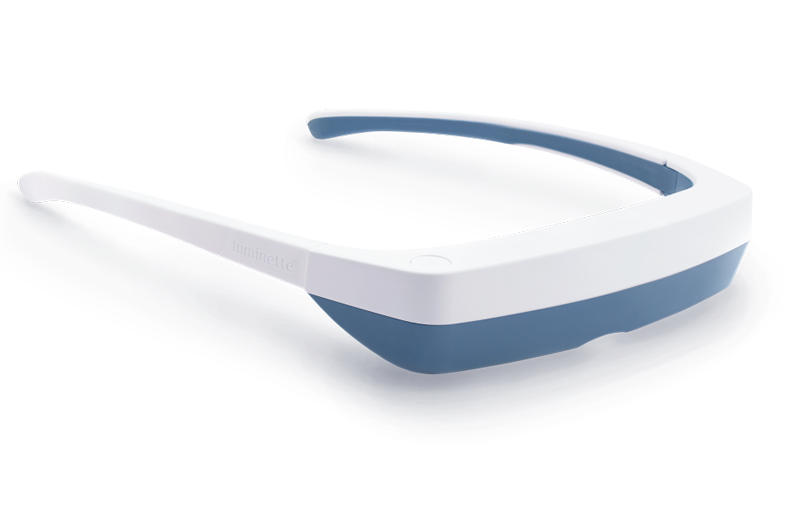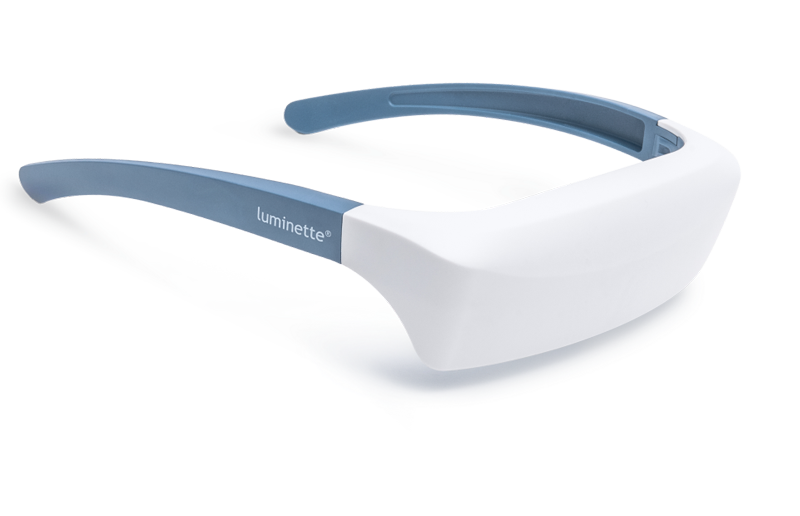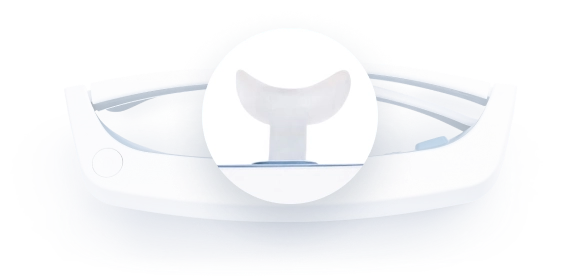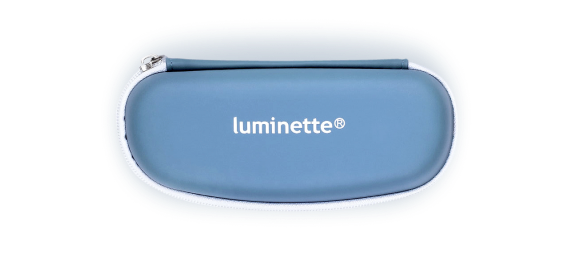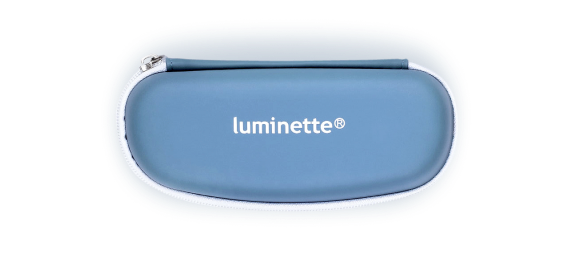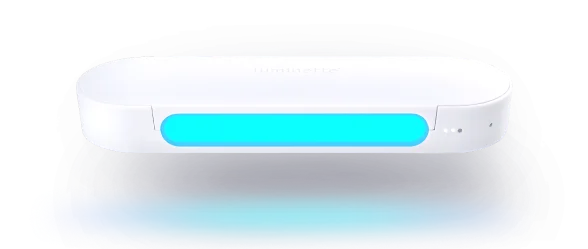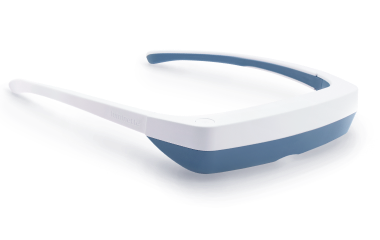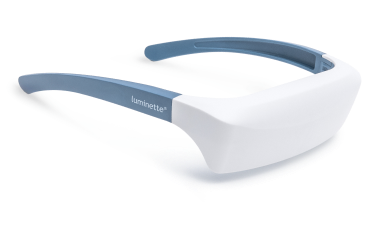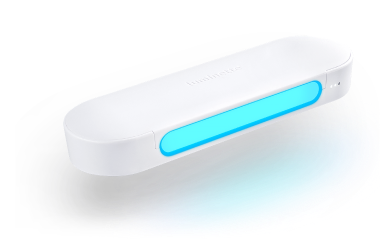Achieving optimal study results is not just about understanding the subject matter and diligently taking notes. It's also about creating the most conducive environment for learning. One of the most overlooked aspects of this environment is lighting. The best light for studying can greatly influence your ability to concentrate, absorb information, and reduce eye strain. In this detailed guide, we will explore the best light color for reading, the best light for studying, and other factors that can enhance your learning environment.
What Color Light Is Best for Studying? How to Optimizing Focus Through Lighting
Creating the right study environment goes beyond just having a quiet space—it also includes selecting the right type of lighting. If you’ve ever wondered what color light is best for studying, you're not alone. The answer lies in how different light colors influence your alertness, mood, and ability to concentrate. The right lighting not only reduces distractions but also boosts productivity, enhances memory retention, and helps set the tone for effective learning.
Scientific studies show that the color of light directly impacts cognitive performance. Blue-enriched white light, which resembles natural daylight, is widely considered the best color light for studying when you need to stay alert and focused. It stimulates mental activity and improves reaction times, making it ideal for early morning or late-night study sessions. This light also supports circadian alignment, helping your brain maintain energy and wakefulness during demanding tasks.
In contrast, warmer light tones—such as soft yellow or amber—are gentler on the eyes and better suited for relaxed reading or winding down before sleep. While they may not sharpen your mental focus like cooler tones, they help reduce eye strain and preserve melatonin production, which supports restful sleep if you're studying late into the evening.
So, what color light is best for studying ultimately depends on the time of day and the cognitive demands of your tasks. Cool white light (typically between 5000K and 6500K) is excellent for intense concentration and learning, while warm tones (2700K–3000K) are better for casual reading and evening sessions. Adjusting your lighting based on the situation helps maximize both focus and comfort throughout your study routine.
It’s also important to consider your personal sensitivity to different light temperatures. Some individuals may find that cooler white or blue-toned lighting keeps them focused and mentally alert, while others may feel overstimulated or experience eye fatigue under the same conditions. In such cases, opting for adjustable lighting solutions can provide the flexibility to tailor the environment to your comfort level and the task at hand.
Incorporating dynamic lighting—such as lamps with tunable color temperatures—can be particularly helpful for students who study at different times of the day. For example, using bright, cool light during the morning and early afternoon can boost productivity, while shifting to a warmer tone in the evening can ease the transition to rest. This approach supports both academic performance and overall well-being, ensuring that the lighting you choose works with your natural rhythm instead of against it.

What Color Light Is Best for Studying and Why It Matters
Choosing the right light color can significantly impact your concentration, energy levels, and overall productivity during study sessions. Research shows that cooler light temperatures, particularly blue-enriched white light (5000K–6500K), are most effective for studying. This type of light mimics natural daylight, which supports alertness and enhances focus—making it ideal for tasks that require mental clarity, such as reading, writing, and problem-solving.
Blue-toned light helps suppress melatonin, the hormone responsible for sleepiness, allowing your brain to stay awake and engaged. That’s why morning or daytime study sessions under this light can feel more productive and energizing. On the other hand, using warm yellow or amber light (2700K–3000K) in the evening can help you wind down while still reading, without disrupting your sleep cycle.
Ultimately, the best color light for studying depends on the time of day and your personal goals—but for sharp focus and higher cognitive performance, cooler white or blue light is the most recommended.
In addition to enhancing focus, the right color light can reduce eye strain during long study sessions. Cooler, daylight-mimicking light creates a crisp contrast on paper or screen, making text easier to read and minimizing visual fatigue. This small adjustment in your environment can make a big difference in how long and how well you retain information—especially during intense academic periods or exam preparation.
Key Facts About Light and Learning
Cool white or daylight bulbs (5000K–6500K) improve alertness and cognitive performance.
Warm light (2700K–3500K) is less stimulating and better for late-evening reading.
Blue-enriched white light enhances attention and memory in learning environments.
Poor lighting (too dim or overly warm) can lead to eye strain and reduced comprehension.
Consistent lighting reduces distractions and supports longer periods of focus.
Which Light Is Good for Eyes While Studying
When it comes to protecting your eyes during study sessions, soft, cool white light around 4000K–5000K is generally considered the most eye-friendly. This type of lighting closely mimics natural daylight, offering enough brightness to prevent strain without being too harsh or glaring. Avoid overly warm or dim lighting, as it can cause your eyes to work harder, and steer clear of intense blue light exposure for extended periods, especially at night. Using adjustable lamps with diffused light sources can also help reduce glare and improve overall eye comfort during reading or computer use.
Choosing the right light for your eyes during study sessions is essential to avoid eye fatigue, headaches, and long-term strain. The most recommended option is cool white light with a color temperature between 4000K and 5000K, which closely resembles natural daylight. This type of light is bright enough to enhance visibility and reduce the need for your eyes to strain while still being gentle and comfortable over long periods of use.
Unlike overly warm light (below 3000K), which can be too dim and make it harder to focus, or excessively blue light (above 6500K), which may overstimulate and disturb your body's clock, this balanced cool white range offers the best compromise for both clarity and comfort. It's especially effective when paired with proper positioning—such as using an adjustable desk lamp that illuminates your workspace evenly without creating sharp contrasts or shadows.
For those using screens, it’s also wise to combine good ambient lighting with screen brightness adjustments and blue light filters, especially in the evening. Creating a well-lit, glare-free environment ensures not only that your eyes stay protected, but that your focus and concentration remain steady throughout your study time.
Choosing the Best Color Light for Reading
When embarking on the journey of choosing the most suitable light for a study environment, there are numerous factors that need to be thoroughly examined and taken into careful consideration. These factors, which greatly influence the effectiveness and comfort of your study sessions, encompass a variety of aspects. Such aspects include, but are not limited to, the specific time of day at which the studying is taking place, the particular type of reading or study material that you will be engaging with, and of course, your personal preferences and comfort levels. Each of these elements plays a vital role in determining the best light for studying and hence should not be overlooked.
In addition to these considerations, understanding the science behind different light colors can significantly improve the overall quality of your reading or study experience. For instance, cooler light temperatures—such as those in the blue-white spectrum—are known to enhance alertness, concentration, and mental clarity, making them ideal for early morning or afternoon study sessions. On the other hand, warmer light tones, like soft yellow or amber, tend to be more relaxing and are better suited for evening reading when the goal is to unwind without overstimulating the brain before sleep.
It’s also important to consider the lighting setup within your study space. Diffused and evenly distributed light can prevent eye strain and fatigue, especially during long hours of focused work. Positioning your light source to avoid glare and harsh shadows will create a more visually comfortable environment. Ultimately, the best light for reading and studying is one that aligns with your natural rhythms, the nature of your tasks, and the ambiance you find most productive.
Moreover, choosing adjustable lighting can offer added flexibility, allowing you to adapt the color temperature and brightness to match the time of day and your current activity. For example, a dimmable lamp with both warm and cool settings enables a smooth transition from focused daytime study to relaxed evening reading. This adaptability not only supports eye comfort but also helps maintain a healthy sleep rhythm—an essential factor for students and professionals aiming to optimize both learning outcomes and sleep quality.

Factors to Consider
First, consider the time of day. During daylight hours, natural light is not only abundant but also perfectly balanced in its color spectrum, making it ideal for visual clarity and sustained focus. Exposure to natural daylight also supports healthy sleep and promotes better sleep later in the evening. As the sun sets, transitioning to warmer artificial lighting helps the body begin to relax. Warmer tones in the evening reduce the suppression of melatonin, preparing the mind and body for restful sleep while still supporting moderate concentration.
Second, consider the type of reading material. If you’re working with academic texts, spreadsheets, or anything requiring close attention to detail, bright and cool light can enhance contrast and reduce eye strain. Conversely, if you're reading for leisure—especially before bed—a softer, warmer light can be more conducive to relaxation, helping prevent overstimulation before sleep.
Lastly, take into account your personal sensitivities and preferences. Some individuals are more sensitive to blue light, experiencing discomfort or difficulty concentrating under cooler tones. Others may find that cooler light gives them a needed energy boost, particularly in the early hours. It's important to experiment and determine what lighting setup works best for your unique needs, lifestyle, and reading habits. Adjustable lamps or smart lighting systems that let you control color temperature and intensity can offer the best of both worlds.
Key Benefits of Choosing the Right Light for Reading
Summary of Positive Effects:
Enhances reading speed and comprehension
Reduces eye fatigue and visual strain
Supports better focus and cognitive alertness
Encourages relaxation and sleep readiness when using warm light in the evening
Best Color Light for Reading: Top Recommendations for Eye Comfort and Focus:
When it comes to reading for extended periods—whether studying textbooks, reading fiction, or reviewing notes—the right lighting can make all the difference. The best color light for reading combines brightness, temperature, and comfort to reduce eye strain and improve concentration.
Cool white light, typically in the range of 4000K to 5000K, is ideal for reading during the day. It mimics natural daylight, helping you stay alert and mentally engaged. This makes it a great choice for tasks that require focus and attention, such as academic reading or detailed work.
On the other hand, warm white light (around 2700K to 3000K) creates a softer, more relaxed environment. It's often recommended for evening reading, especially before bed, as it minimizes blue light exposure that could interfere with melatonin production and sleep quality.
For the perfect balance, choose a reading light with adjustable color temperatures so you can shift from cool to warm tones depending on the time of day or your reading goals.
Implementing the Ideal Reading Light Setup
After you have made a conscious decision about the most suitable color light that supports your reading activities, the next step is to incorporate this beneficial lighting condition into your study environment. This is a multi-step process that requires careful consideration and execution.
Firstly, you need to accurately arrange your light sources in the room. Placement is key in ensuring that the light adequately covers your reading area and doesn’t cause any unnecessary shadows.
Secondly, it's essential to adjust the brightness levels of these light sources to an optimal level, which is neither so harsh that it strains your eyes nor so dim that it causes difficulty in reading.
Lastly, you might also need to consider investing in special lighting devices that are specifically designed to enhance reading experiences. These devices often come with features like adjustable brightness and color temperature controls, which can be particularly beneficial for extended reading sessions.
In addition to selecting the right light color and positioning your lighting effectively, it's important to take into account the angle and height of the light source. A well-angled desk lamp positioned above and slightly behind your reading material can help reduce glare and prevent unwanted reflections, especially when working with glossy pages or screens.
Another important factor is the consistency of lighting throughout your space. Combining a focused task light with ambient room lighting can prevent sharp contrasts that tire the eyes. This layered lighting approach allows your vision to transition more comfortably between different areas of the room without strain.
Finally, don't overlook the importance of routine and environment. Creating a cozy, inviting reading corner with the right lighting can turn studying or working into a more enjoyable habit. Whether you prefer a minimalist modern setup or a warm, cozy nook, making light a central part of that environment helps build consistency—and ultimately improves your focus, performance, and comfort over time.

Ensure that the light source is positioned in a way that it doesn't create glare or shadows on your reading material. For those who prefer to read at a desk, an adjustable desk lamp with a dimmable feature can be a great investment. For those who prefer reading in bed, a bedside lamp with a warm, dimmable light can be ideal.
Potential Challenges and Solutions
One of the challenges you might face when trying to implement the ideal reading light setup is finding a light source that offers the right color temperature with adjustable brightness levels. The solution to this could be investing in a quality light therapy device.
Choosing the Right Light Therapy Device
A light therapy device can offer the flexibility needed to adjust light color and brightness based on your needs and preferences. There are many different types of light therapy devices on the market, but one stands out for its versatility and effectiveness.
To make the most of your light therapy sessions, it's important to select a device that fits seamlessly into your lifestyle. Consider whether you need a portable option that allows movement during use or a stationary device ideal for desks or bedside tables. Features such as adjustable intensity, color temperature, and session timers are essential for tailoring the experience to your individual needs.
Devices like Luminette 3 offer hands-free convenience and can be worn while reading, working, or having breakfast—making them an ideal solution for busy individuals. Alternatively, the Drive 2-in-1 light therapy lamp combines bright therapeutic light with ambient functionality, perfect for stationary use in home or office environments. Both devices provide scientifically calibrated light settings that support body's clock alignment and promote better sleep, focus, and mood throughout the day.
When choosing the right light therapy device, it’s also essential to consider the time of day you plan to use it. Morning sessions are typically the most effective for boosting alertness and setting your body's clock, especially if you're dealing with sluggish mornings or seasonal mood shifts. A device that emits blue-enriched white light, such as those found in Luminette products, is particularly effective for stimulating natural wakefulness without disrupting your evening sleep.
Another key factor is comfort and user experience. A device that feels natural to use and easily integrates into your routine is more likely to be used consistently, which is crucial for seeing long-term benefits. Look for options with ergonomic design, minimal glare, and intuitive controls. Whether you're a student aiming to improve focus or someone looking to regulate sleep cycles, the right light therapy device should support—not interrupt—your daily rhythm.

Luminette 3 Light Therapy Glasses
The Luminette 3 Light Therapy Glasses are an excellent choice for those looking to enhance their study environment. These glasses uniquely balance warm and cool light, enabling you to tailor your lighting conditions according to your study requirements. While they won't illuminate an entire room, their design is focused on promoting concentration and effectiveness in your studies. Moreover, their portability means you can maintain this optimal study setting across various locations.
Luminette 3 light therapy glasses are innovative eyeglasses designed to allow you to enjoy a light therapy session while engaging in your regular activities. Unlike traditional therapy lamps, Luminette 3 eyeglasses feature an artificial light source that directs a safe light beam into your eyes without causing any dazzling effect or obstructing your clear vision.
To use them, simply wear the eyeglasses and press a button to activate the light, and your phototherapy session begins. These glasses are user-friendly and compatible with those who wear prescription glasses or contact lenses, ensuring no disruption to vision or comfort.
With the convenience of Luminette 3, there is no longer a need to sit beside a stationary light therapy lamp for 30 minutes each day. The freedom to move around means you can prepare breakfast, dive into a captivating book, catch up on your favorite TV shows, work on your computer tasks, or even engage in light exercises, all while receiving your therapeutic light exposure. Whether you're at home or on the go, Luminette 3 offers a flexible and efficient solution to incorporate light therapy into your daily life.
Conclusion
In conclusion, the process of optimizing your study environment requires a thoughtful consideration of many elements, one of which is choosing the correct light color for reading and studying. Understanding the profound impact of light on learning experiences is crucial. You need to comprehend how light color can significantly affect your reading capabilities and how it can either enhance or hinder your ability to absorb and retain information. Armed with this knowledge, you can then begin to implement the ideal reading light setup in your study area. This could be a combination of natural and artificial light or a specific type of light bulb that emits the perfect hue for reading. By fully considering these factors and making the necessary adjustments, you can create a study environment that is not only conducive to focus and retention but also fosters an atmosphere of productivity and overall learning success. In this way, you can ensure that you are making the most of your study time and that your learning efforts are as effective as possible.
FAQ
What is the best light color for reading and studying?
The best light color for reading and studying is typically a cooler tone, such as daylight white or natural white. This type of light can help to reduce eye strain and improve focus and concentration.
What color light is best for studying in bed?
While it can be tempting to use a warmer, softer light for reading in bed, it is generally recommended to use a cooler light tone. This helps to reduce eye strain and maintain focus. However, it's also important to consider that cooler light can interfere with sleep, so you might want to switch to a warmer light as bedtime approaches.
What is the best light for a study room?
The best light for a study room is usually a combination of general, task, and accent lighting. General lighting provides overall illumination, task lighting focuses light in specific areas where work is done, and accent lighting adds visual interest and can help to reduce glare. The color temperature should ideally be cool white to daylight, which has been shown to aid focus and productivity.
Can the wrong light color affect learning?
Yes, poor lighting can lead to eye strain, fatigue, and reduced cognitive performance.
What color is best for studying in the evening?
Warm light (like soft yellow or amber) is gentler on the eyes and better for late-night reading without disrupting sleep.
Should I change light colors based on the time of day?
Ideally yes—cool light during the day for focus, and warm light in the evening to wind down.
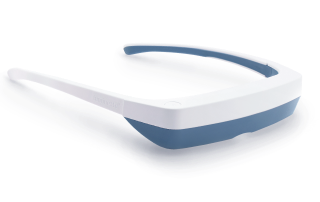

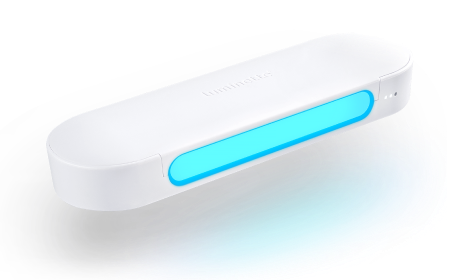

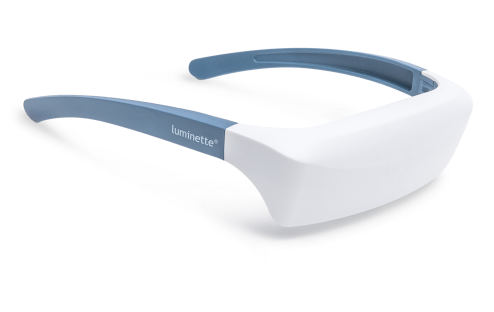
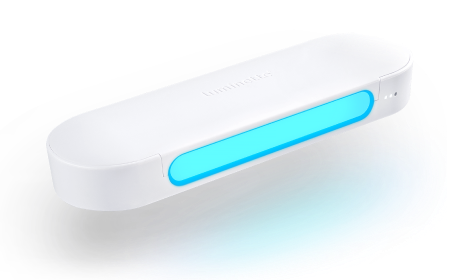
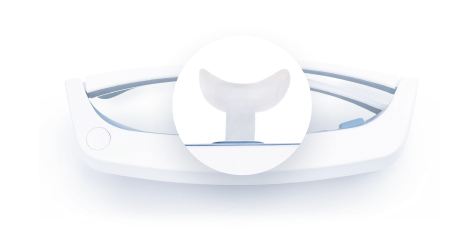
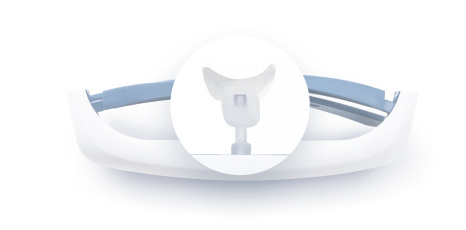
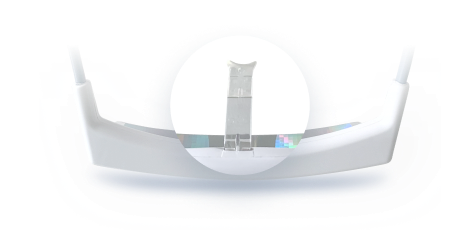
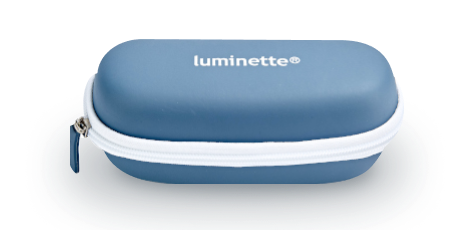






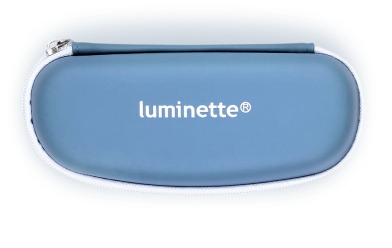
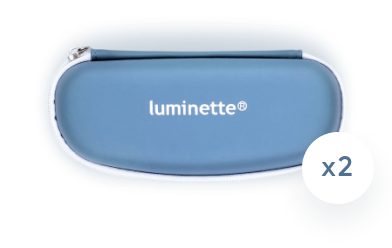


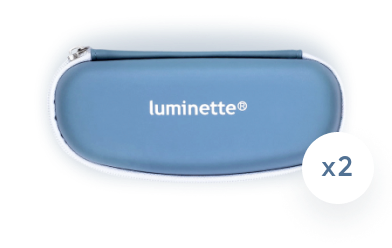
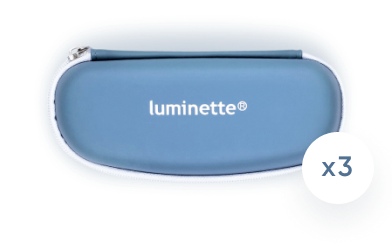
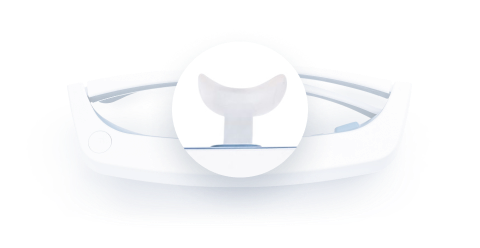
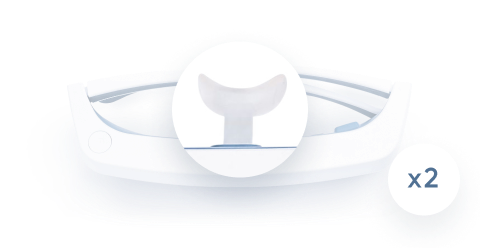
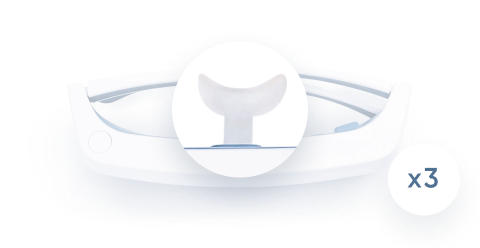
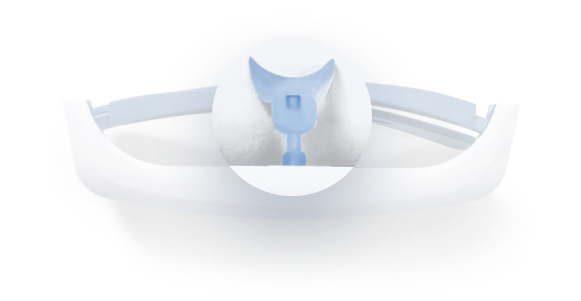
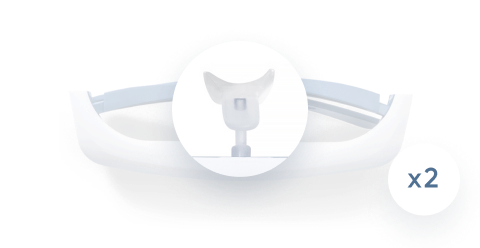
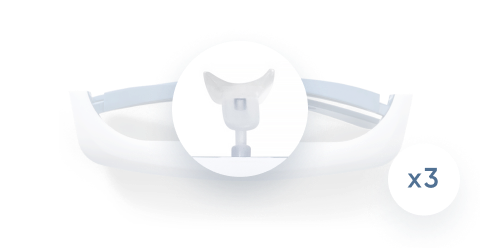

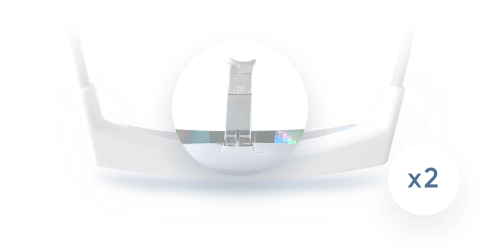

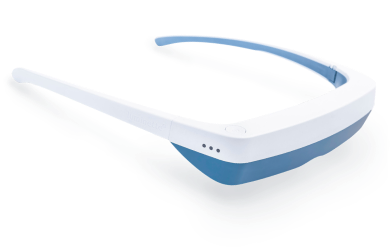

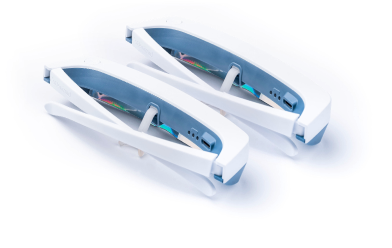
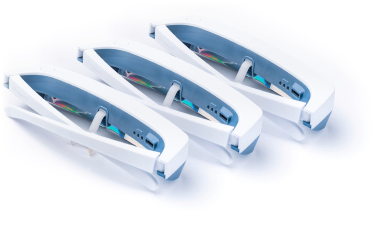
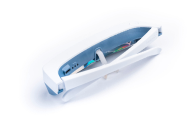

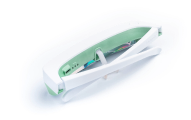
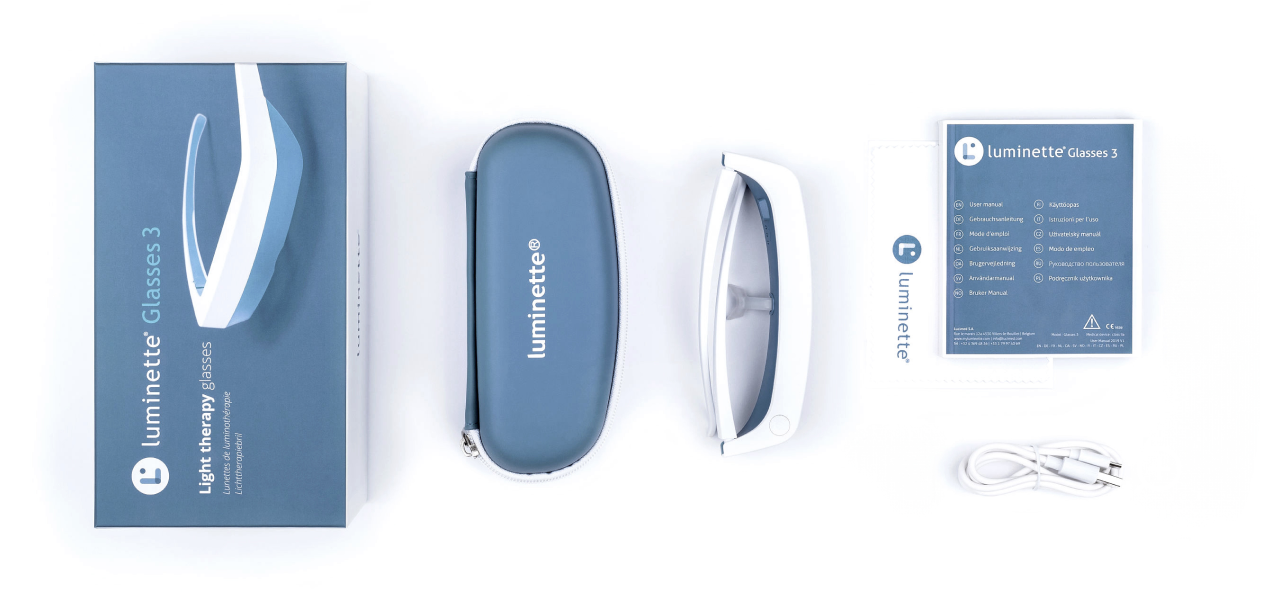
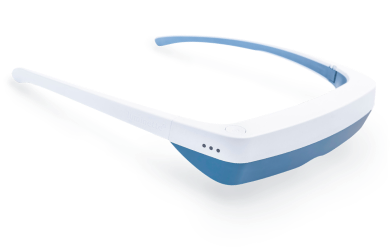

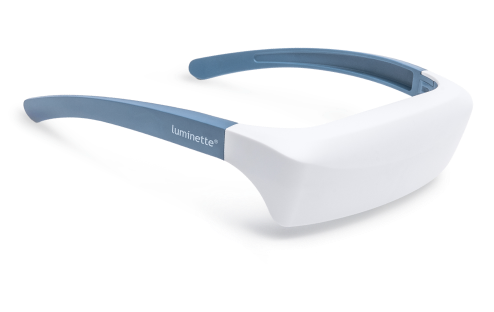
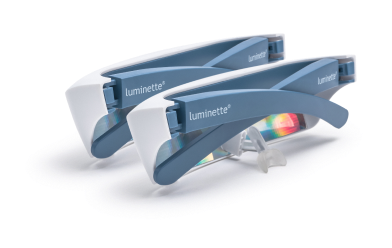
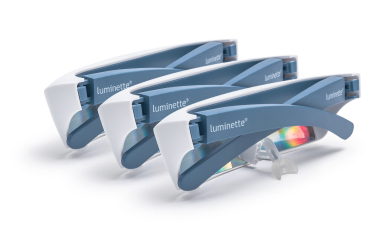
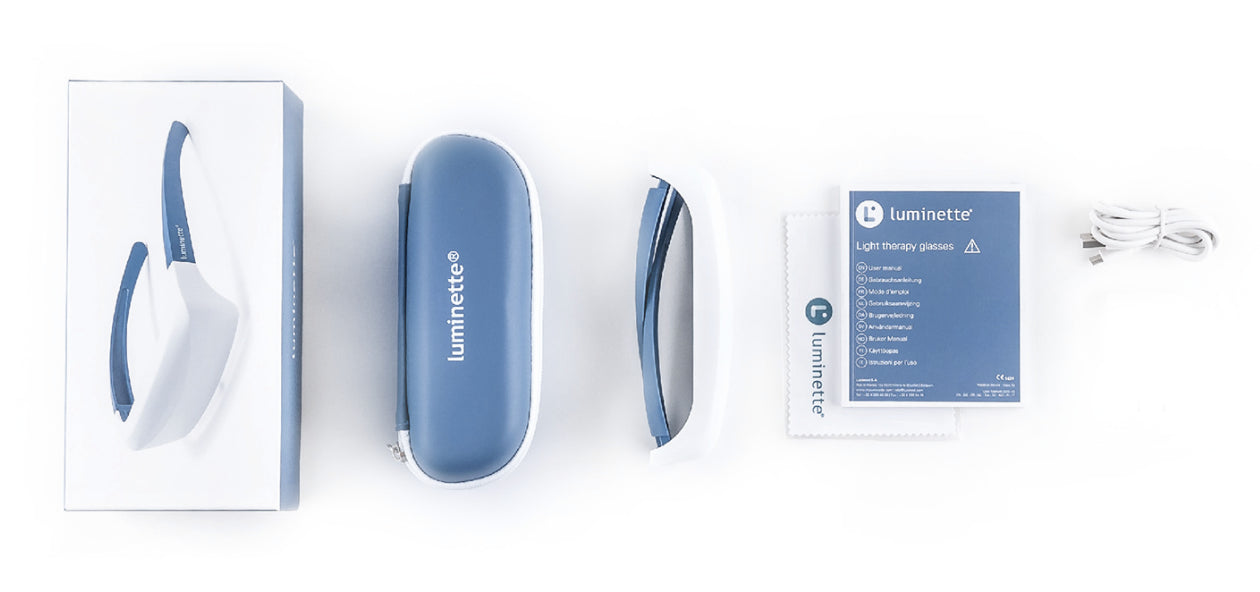

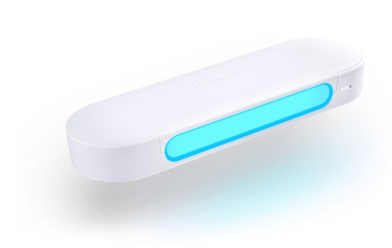

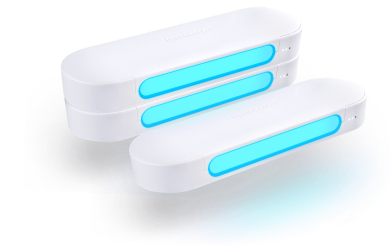
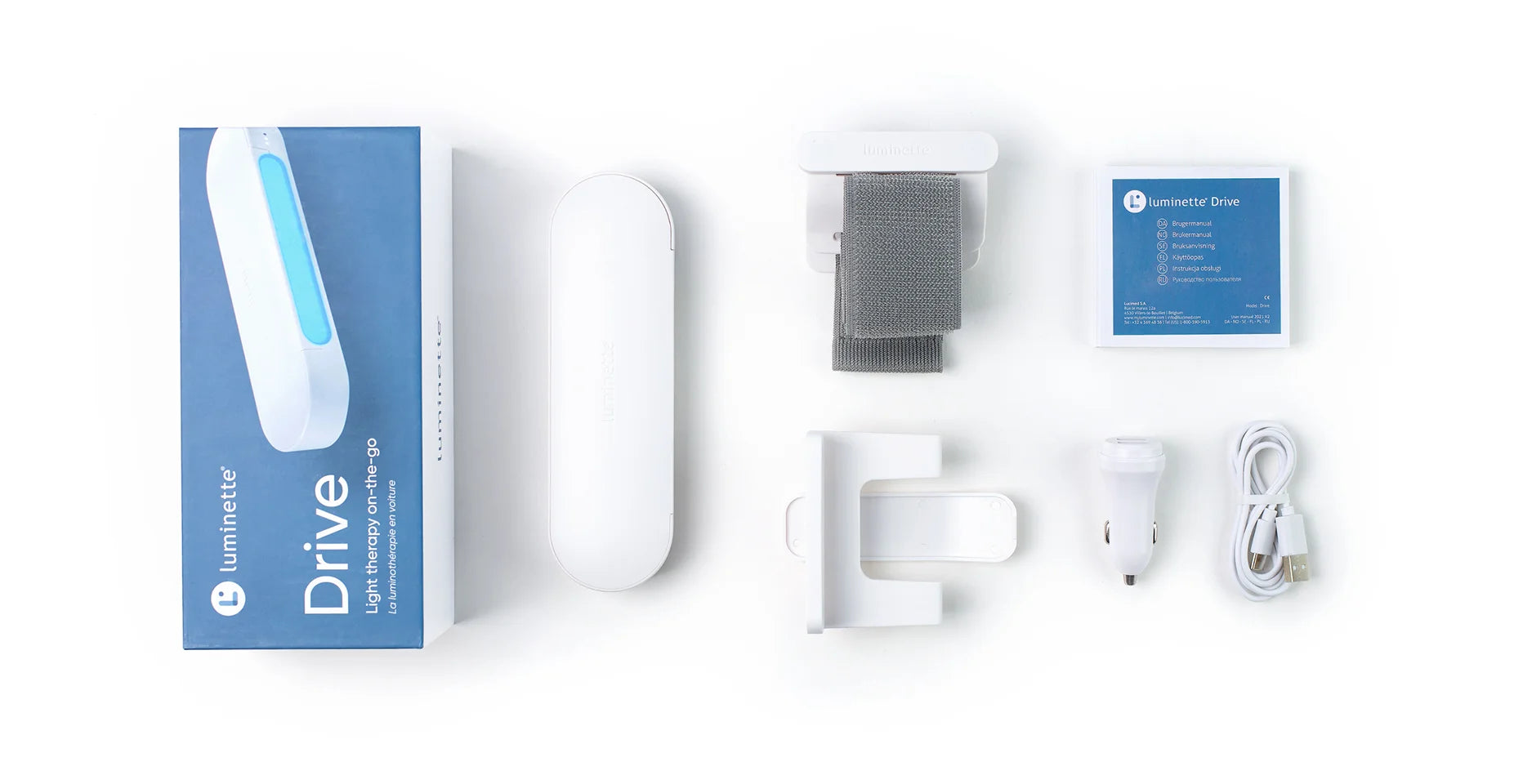

 Please note
Please note

